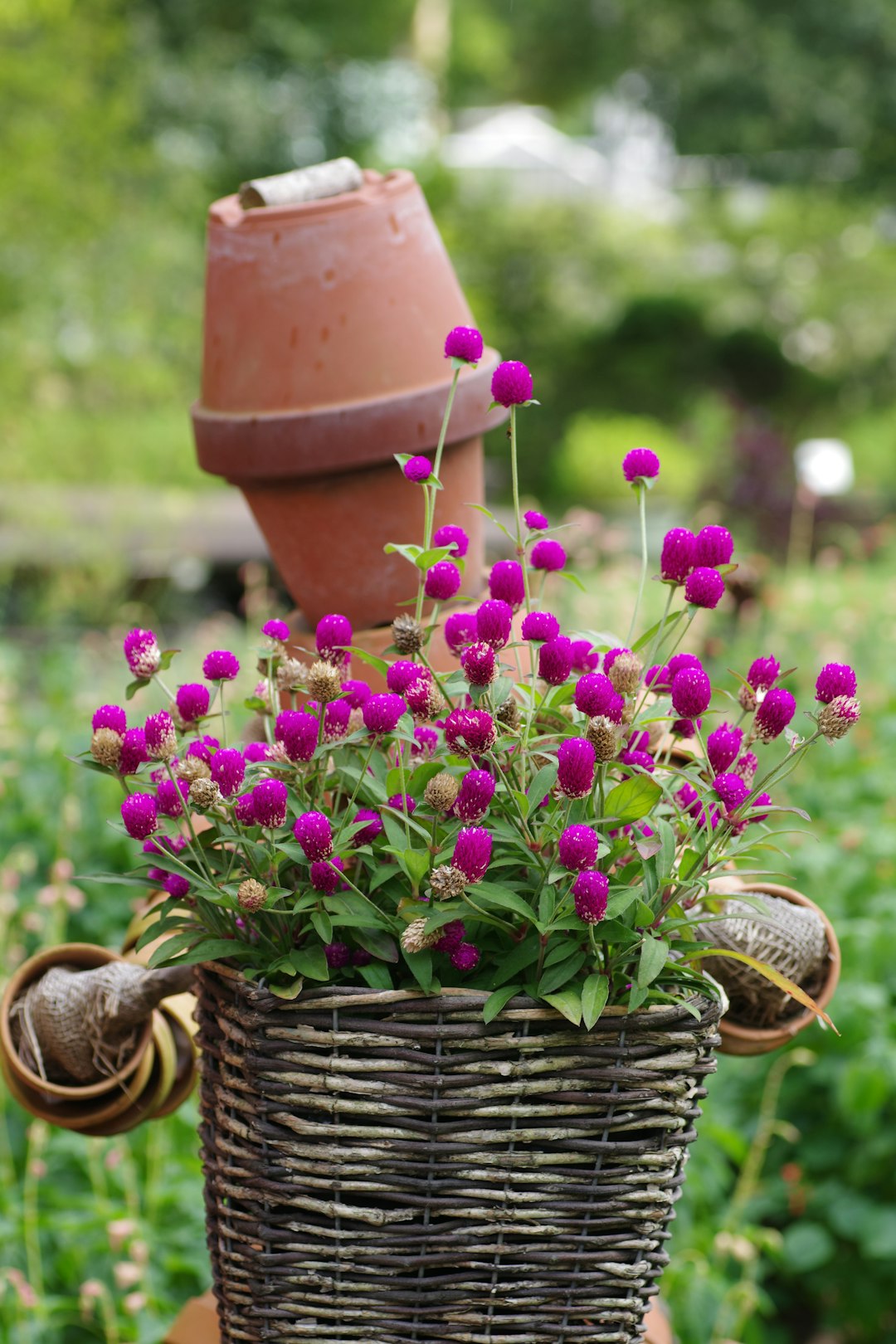The Secret Weapon Against Garden Powdery Mildew

When it comes to gardening, few things are as frustrating as dealing with powdery mildew. This common fungal disease can quickly take over your plants, leaving them looking sickly and stunted. But fear not, because studies have shown that there's a natural home remedy that can stop powdery mildew issues in your garden fast. In this article, we'll explore how to make and use a simple DIY spray to protect your plants from this pesky problem.
First, let's understand what powdery mildew is. Powdery mildew is a fungal disease that affects a wide range of plants, including vegetables, fruits, flowers, and ornamentals. It appears as a white or gray powdery coating on the leaves, stems, and flowers of infected plants. The fungus thrives in warm, humid conditions and can spread rapidly, especially in crowded or poorly ventilated gardens. If left untreated, powdery mildew can weaken your plants, reduce their yield, and even kill them.
So, what's the natural home remedy that can help combat powdery mildew? The answer lies in a simple mixture of ingredients that you probably already have in your kitchen. One of the most effective remedies is a solution made from baking soda, dish soap, and water. Baking soda has antifungal properties that can help prevent the growth and spread of powdery mildew, while dish soap helps the solution adhere to the plant leaves.
To make the DIY spray, you'll need the following ingredients:
- 1 tablespoon of baking soda
- 1 teaspoon of liquid dish soap
- 1 gallon of water
Here's how to make the spray:
- Fill a large bucket or container with 1 gallon of water.
- Add 1 tablespoon of baking soda to the water and stir well until it's completely dissolved.
- Add 1 teaspoon of liquid dish soap to the solution and stir gently. Be careful not to create too many bubbles.
- Transfer the solution to a spray bottle. Make sure the spray bottle is clean and dry before using it.
Now that you've made the spray, it's time to use it to protect your plants. Here's how:
- Choose a dry, sunny day to apply the spray. Avoid spraying your plants when it's raining or when the leaves are wet, as this can reduce the effectiveness of the solution.
- Shake the spray bottle well before each use to ensure that the ingredients are evenly mixed.
- Spray the solution on the leaves, stems, and flowers of your plants, making sure to cover both the tops and bottoms of the leaves. Pay special attention to the areas where powdery mildew is most likely to appear, such as the new growth and the undersides of the leaves.
- Reapply the spray every 7 to 10 days, or as needed, to keep powdery mildew at bay. You may need to apply the spray more frequently during periods of high humidity or if you notice signs of powdery mildew on your plants.
In addition to using the DIY spray, there are other steps you can take to prevent powdery mildew from occurring in your garden. Here are some tips:
- Choose resistant plant varieties. Some plants are more resistant to powdery mildew than others. When selecting plants for your garden, look for varieties that are labeled as resistant to this disease.
- Provide adequate spacing between your plants. Crowded plants can create a humid environment that's ideal for the growth and spread of powdery mildew. Make sure to space your plants according to their recommended spacing requirements to allow for good air circulation.
- Water your plants at the base. Avoid watering your plants from above, as this can wet the leaves and create a favorable environment for powdery mildew. Instead, water your plants at the base to keep the leaves dry.
- Remove infected plant parts. If you notice any signs of powdery mildew on your plants, remove the infected leaves, stems, or flowers immediately. This can help prevent the disease from spreading to other parts of the plant or to other plants in your garden.
- Keep your garden clean. Remove any fallen leaves, debris, or dead plant material from your garden regularly. This can help reduce the amount of fungal spores in the environment and prevent the spread of powdery mildew.
By following these tips and using the DIY spray, you can effectively protect your plants from powdery mildew and keep your garden healthy and beautiful. Remember, prevention is key when it comes to dealing with powdery mildew, so make sure to take proactive steps to keep your plants disease-free. With a little effort and the right approach, you can enjoy a thriving garden free from the hassle of powdery mildew.